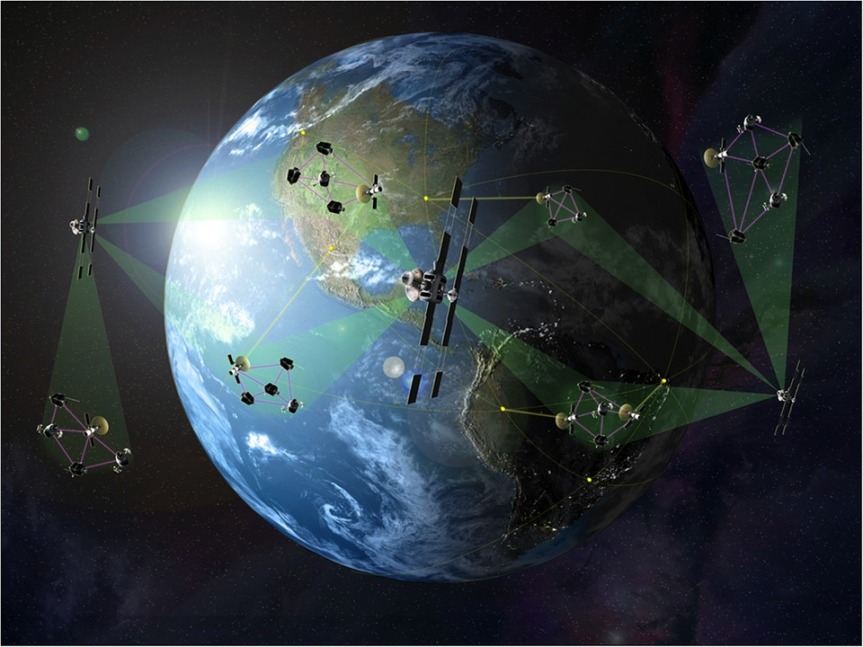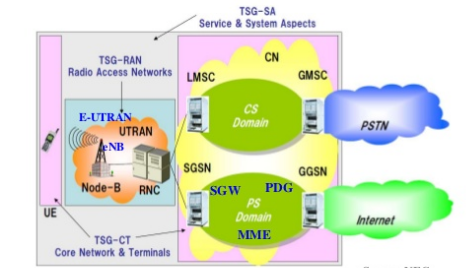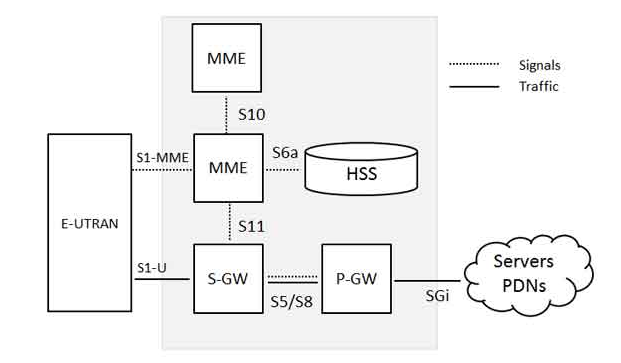With the fast pace of telecom evolution both towards the access network front ( ie GSM , UMTS , 3G , 4G , LTE , VOLTE ) to core network side ( ie application servers , registrar , proxies , gateway , media server etc ) a CSP ( content service provider ) is trying hard to keep up with the user expectation . The user expects a plethora of services , reduced cost and high speed bandwidth . If this was not enough a CSP also has competition OTT ( Over The Top ) Players who provide communication and messaging for FREE .
You can read on how OTT’s players are disruption the revenue streams of traditional telecom operators and how can Telco’s develop their own OTT app , integrated with their backend system to answer to that challenge here – OTT ( Over the Top ) Communication applications
The following points outline the major business challenges faced by telecom operators today .
Technology Evolution Challenges
- The increased data speeds and further more increasing hunger for the data overwhelms the existing network infrastructures.
- Ensure uniform service experience across the network technologies to check the customer churn.
- Access / Radio Technology independent delivery of services.
- Enhance Reuse for exiting investments.
Multiple Service Platform Challenges
- Typical network constitutes of Multiple Service Platforms increasing network complexity and integration challenges many fold.
- Heterogeneous multiple SDP Solutions typically deployed to cater to Multiple Types of Networks/ Standards/Variants
- Service Islands makes introduction of seamless services a challenging task for the CSP
Transport Upgrade and Convergence of Wireless Wireline
- Retain investments in copper wire systems while migrating towards next generation Fiber Optic systems.
- Severe competition among wire-line and wireless operators to provide latest services to retain subscriber base.
- Fixed Mobile Convergence leading to a diminishing gap among the revenue shares of various operators in the space, and leading to losses for wire-line only players.





